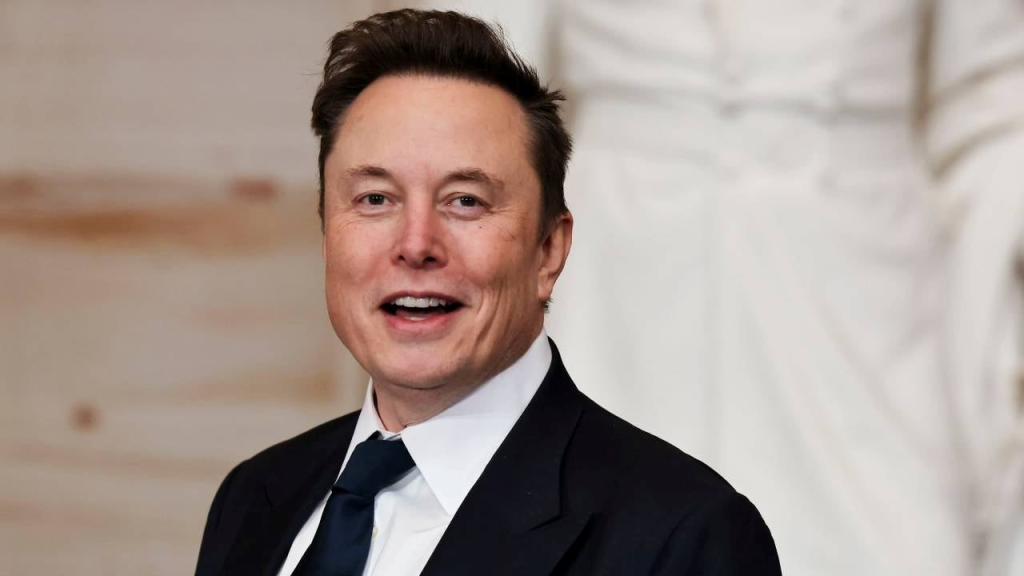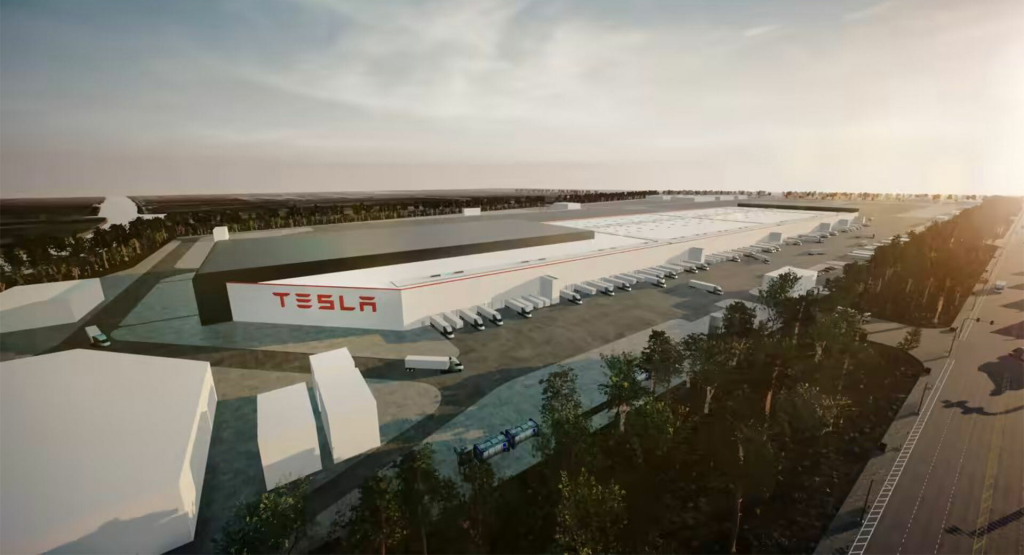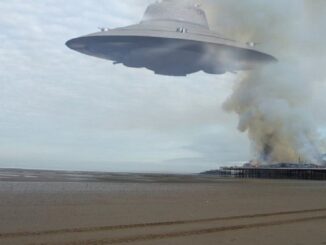
While protests rage across the United States against President Donald Trump and billionaire Elon Musk for their reshaping of the American government, Musk seems unfazed. Instead, he’s focused on executing a revolutionary vision—one that has little to do with Washington and everything to do with Texas. With a $10 billion investment, the CEO of Tesla and SpaceX is building a bold and ambitious future, where the line between industry and utopia is intentionally blurred.

Musk’s goal? To construct a vast, futuristic “paradise” in the heart of Texas—a new center of power forged entirely on his own terms.
At the center of this empire is Giga Texas, Tesla’s massive 3.3-square-mile manufacturing facility located on the outskirts of Austin. But for Musk, Giga Texas is just the beginning. According to filings with Travis County’s economic development program, Musk plans to transform nearly 3.78 miles of the Colorado River into an “ecological paradise.”
This isn’t just a park. The proposal includes walking and biking trails, picnic areas, fishing and birdwatching spots, sports fields, and even a Tesla exhibition center designed to showcase the company’s vision for a sustainable future.

Strategically located near Austin-Bergstrom International Airport, the site is more than a public space—it’s a living, breathing statement of Musk’s philosophy: that business, innovation, and nature can coexist in harmony. In fact, under Musk’s direction, they can be woven into a powerful symbol of progress.
Musk’s influence spreads far beyond Austin. About 30 miles to the east, the small town of Bastrop is becoming another strategic node in his Texas blueprint. Three of Musk’s ventures now operate there: The Boring Company, SpaceX, and most recently, X (formerly known as Twitter), which Musk has relocated to the area.
But his ambitions don’t stop at business. He’s also investing socially, opening a Montessori school in Bastrop County—signaling a long-term commitment not just to economic development but to shaping education and community life itself.
From factories to schools, Musk appears to be building more than just companies—he’s laying the groundwork for a corporate society, one where infrastructure, jobs, and learning are all aligned under a single, unified vision: his own.
And then there’s Starbase—Musk’s boldest Texas project yet. Located in Cameron County on the Gulf Coast, Starbase is his vision of a new city built from scratch around the launchpads of SpaceX. In 2024 alone, the site has already seen nine Starship launches, with many more expected.

But for Musk, this is just the beginning. Starbase is meant to be more than a launch site—it’s a prototype for a futuristic city where innovation is the norm, rockets dominate the skyline, and space travel is part of everyday life.
Local resistance has been fierce, with residents expressing concerns about environmental damage and disruption to their communities. But Musk is undeterred. For him, Starbase represents more than ambition—it’s about proving that with vision (and capital), a man can build an entirely new world.
Further west in Waller County, Musk is extending his reach again. In the town of Brookshire, Tesla is preparing to build a new facility for its “Megapacks”—massive battery units capable of transforming regional energy systems. The county recently approved a tax abatement deal, paving the way for a $44 million facility and an additional $150 million in equipment.
This is Musk’s method: wherever he goes, he brings jobs, infrastructure, and technological transformation—followed by growing influence. In Texas, that influence is becoming undeniable.

Giga Texas alone, which began production in 2021 after breaking ground in 2020, now employs around 20,000 workers. Musk aims to scale that number up to 60,000, effectively turning the facility into an economic powerhouse the size of a small city.
These aren’t just statistics—they represent political leverage, workforce dependency, and economic influence wrapped in the guise of job creation.
By investing $10 billion into a single state, Elon Musk is doing far more than expanding his business empire—he’s reshaping Texas itself. Each school, factory, park, and spaceport adds another piece to his growing network of influence—an empire no longer tethered to Silicon Valley or bound by the rules of Washington.
Musk isn’t waiting for permission or power. He’s building both. Brick by brick. Riverbank by riverbank. Rocket by rocket.

Texas, known for its independence and vast opportunity, has become the perfect canvas for Musk’s outsized dreams. With its pro-business climate, open land, and thirst for innovation, the state is fertile ground for a man who has always played by his own rules.
But this isn’t just about the economy. What Musk is building is a model society—one where his companies not only produce goods, but shape the way people live, work, learn, and even think. Where education mirrors his philosophy. Where cities are built to support his missions. And where the natural world becomes a curated backdrop to a technological Eden.
While protesters elsewhere battle over traditional political power, Musk is forging something far more enduring in Texas: a legacy rooted in land, labor, and loyalty. A tech empire not built on apps or algorithms—but on factories, schools, rockets, and people.
To call it a “paradise” may sound like marketing. But make no mistake—this is Elon Musk’s vision of paradise. And it’s not just a dream. It’s already under construction.


